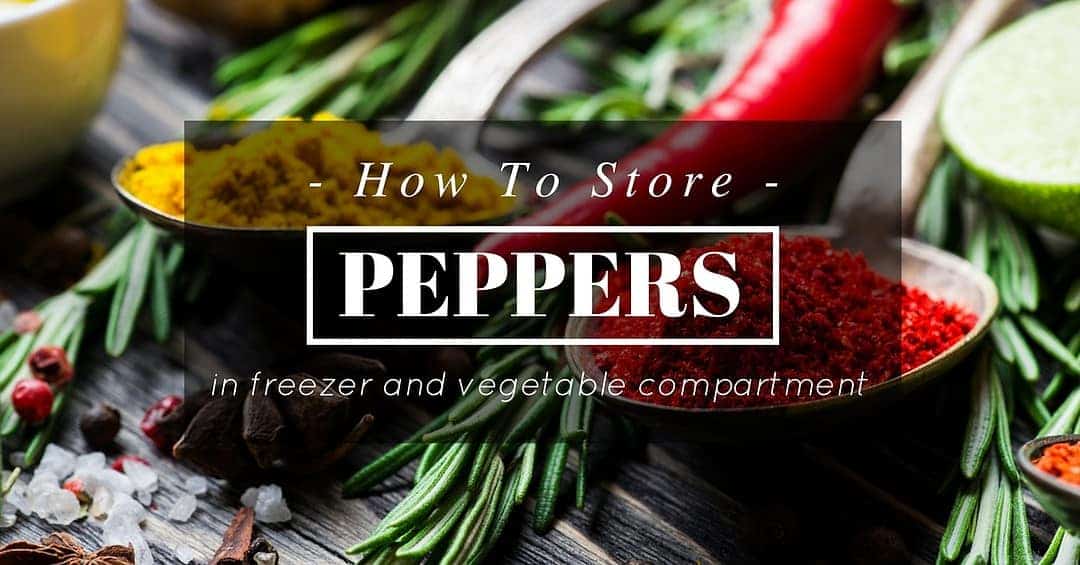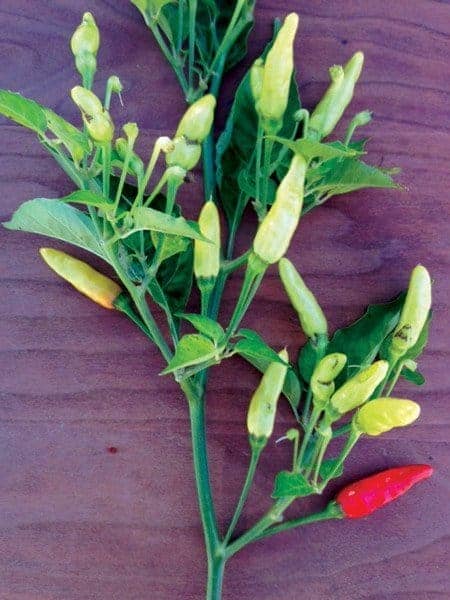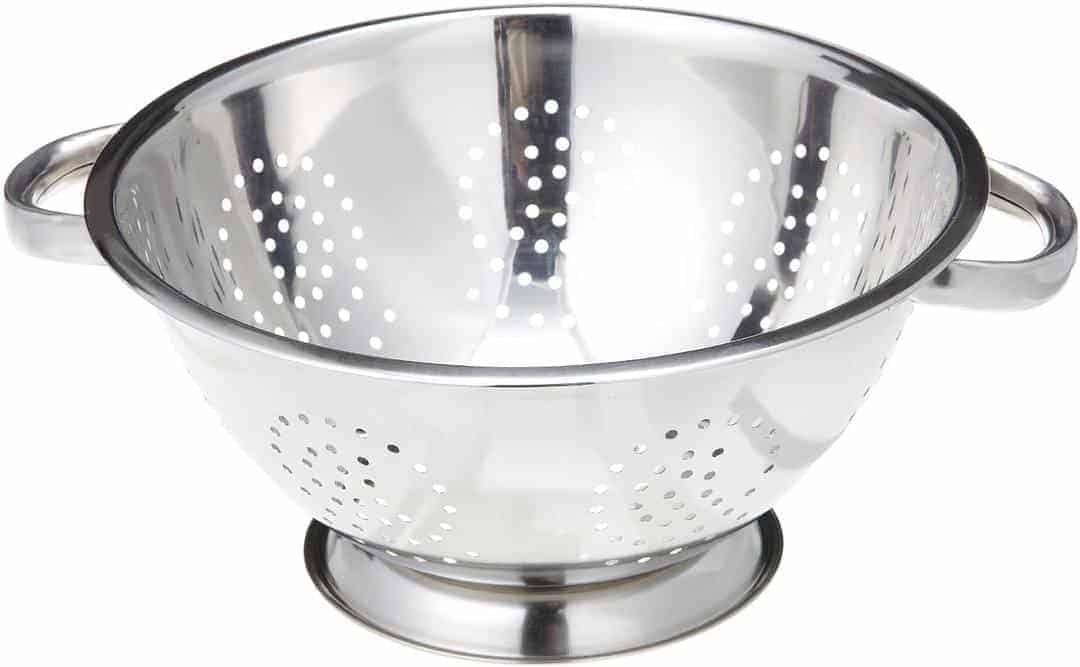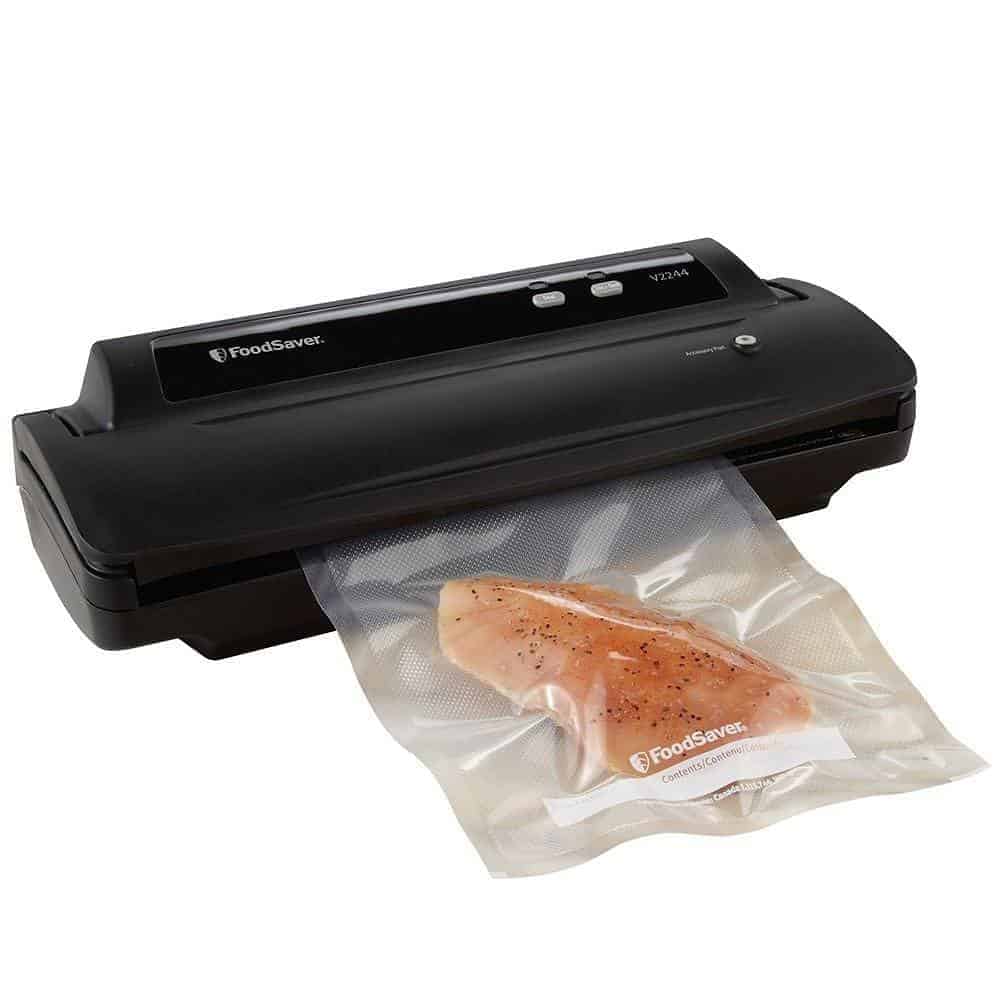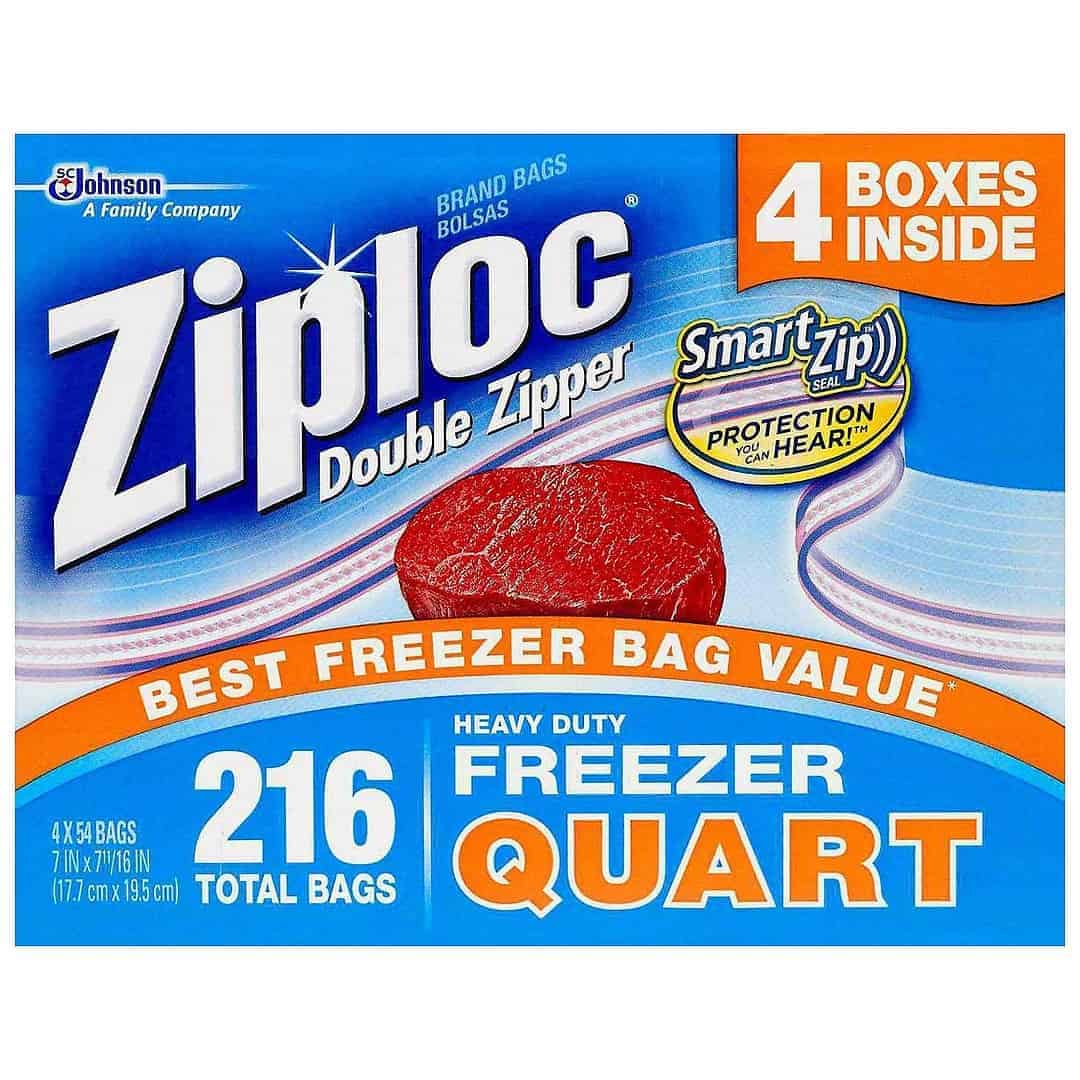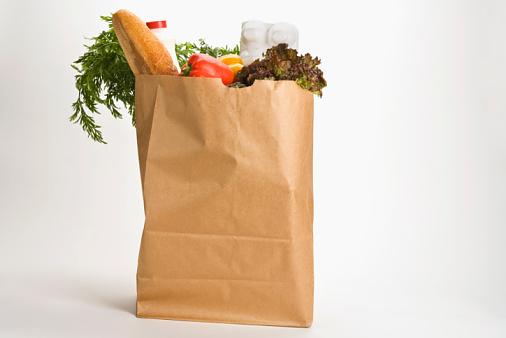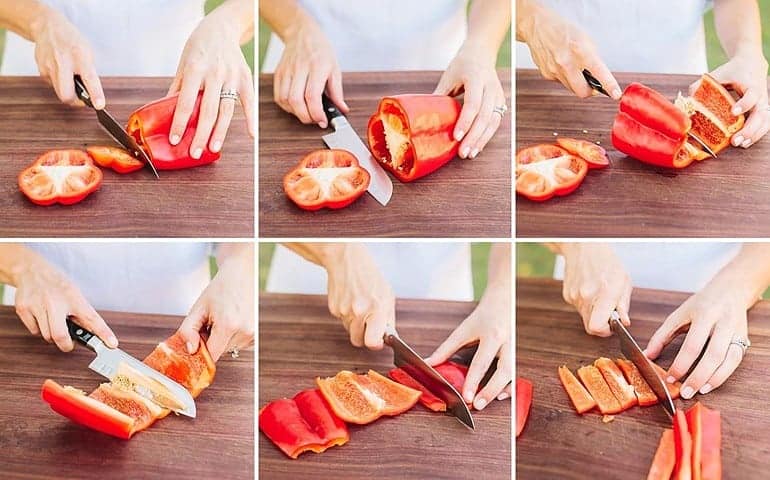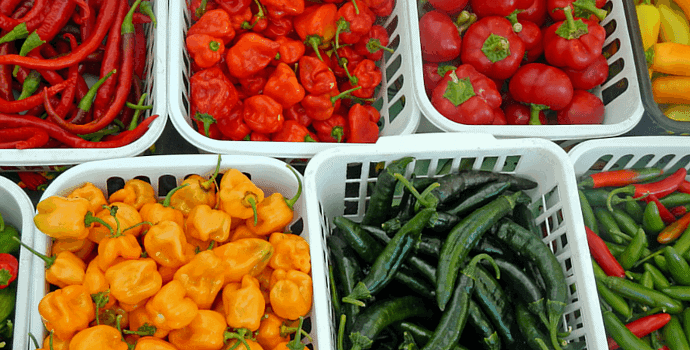Would you like to extend the shelf life of your fresh peppers? Then, you need a good method on how to store peppers properly. The right storage of peppers might allow you to use them for up to several weeks without any hint of losing their pungent flavor.
Storing peppers is important to me because I love to use peppers in almost all of my dishes. Since I love spicy foods, having readily available peppers in my fridge is a big necessity.
That's why I decided to do some research on how to store a large batch of them in my fridge. If you're curious, find out about them by reading below.
More...
What You'll Need to Store Peppers
- Fresh peppers
Peppers acquire their hot flavor from a chemical substance known as capsaicin. The hottest pepper is the habanero, followed by the Thai, cayenne, serrano, Jalapeno, poblano, cherry, and bell. The yellow bell has the sweetest and mildest flavor.
You may use any quantity of fresh peppers you want. You may also use any type of pepper you like, like jalapenos, habaneros, and bell peppers. Just make sure that you use nothing but the freshest ones.
- Rubber gloves
If you want to prevent yourself from getting any chili burns, then using a pair of rubber gloves might be essential. This is especially needed if you will be handling some really hot peppers like habaneros and jalapenos.
Items Needed for Option 1: Freezing Pepper
- Olive oil (optional ingredient)
Although I don't use this in my freeze-storing process, you may use olive oil to prevent the peppers from sticking together.
You can use this ingredient to coat the peppers after they're cut into desired pieces. However, you may omit this ingredient if you dry out the peppers effectively.
- Colander
To make the washing of peppers easy, a colander might be needed. You may use a metal or plastic colander. Just make sure that the size is enough to contain all the peppers that you will be washing.
- Knife
You can use any type of kitchen knife. Just make sure that it's clean when you use it. A good knife should be sharp and easy to handle. You can check out how to choose the best utility knife at here.
- Thick plastic bags and vacuum food sealer
The thick plastic bags will be used to contain your peppers in the freezer while the vacuum food sealer will remove the air that may cause freezer burn.
The main cause of freezer burn is in the air that reaches your food. Therefore, sucking the air out will keep the peppers fresh longer.
If you have no vacuum food sealers and thick plastic bags at home, then you may use any of these alternative containers.
- Freezer-safe glass containers
Not my favorite, but you can use a glass container to store your peppers in the freezer. Just make sure that you seal the lid tightly so that the air will not spoil your peppers.
However, the ice might make it difficult to open the lid or worse yet, they might break more break easily if you're not extra careful since glass tends to weake when frozen.
- Heavy-duty aluminum foil
Aluminum foils may also serve as containers for your peppers in the freezer. However, using this alone might not suffice. You need to reinforce its strength by putting another layer of plastic bag.
- Ziploc bags
Ziploc bags are sealable plastic bags that can keep your food fresh in the freezer for a long time. They have a zipper that you can use to seal the whole bag.
I personally recommend this container alternative because they can seal the air out and can prevent the onset of freezer burns.
Items Needed for Option 2: Refrigerating Pepper
- Paper Bags
You may use paper bags to contain the peppers when you refrigerate them in the vegetable compartment. They can keep the peppers fresh longer as compared to using plastic bags.
This is because the moisture won't accumulate in a paper bag as compared to plastic bags. If you have no paper bags at home, you may use paper towels to wrap the peppers in instead.
Step-by- Step Instructions on How to Store Peppers
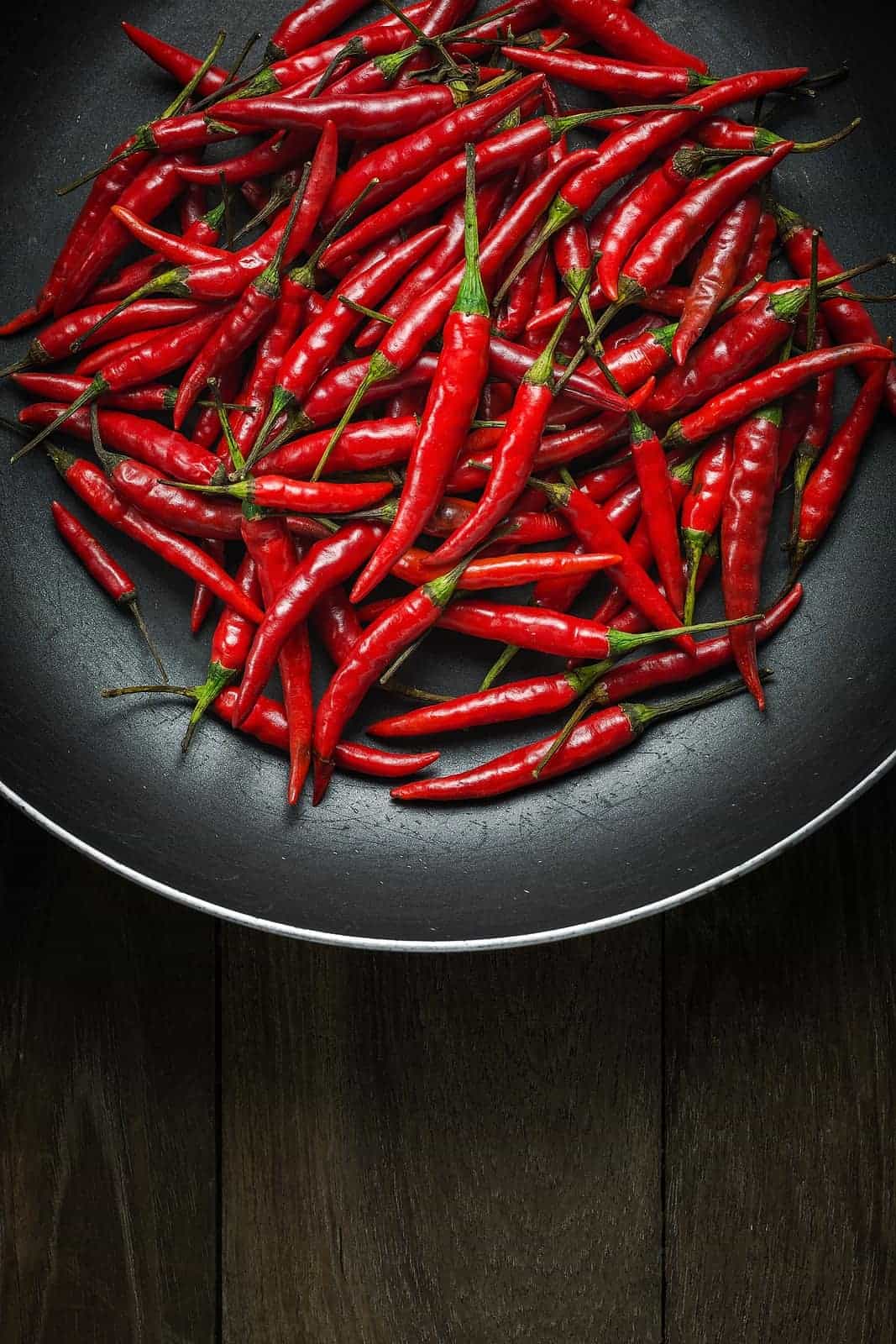
Option 1: Freezing Peppers
If you like to keep the flavor and texture of your peppers intact, then freezing may be your best bet in storing your peppers for longer use.
1. Get your fresh peppers
If you want the best taste of your peppers, select the freshest ones as much as possible. You can tell that the peppers are fresh if they have shiny and unblemished skins. They will be firm to the touch as well.
2. Wash the Peppers
Wash each pepper carefully in cold or lukewarm water. Run the peppers gently to remove any traces of dirt. Use gloves when you do this because they're known to cause chili burns, especially habaneros and jalapenos.
Don't touch any part of your body with the gloves because they can also cause the same severe case of chili burns. Use a colander to drain the water out easily.
3. Slice or leave peppers whole
If you like to slice the peppers into small sizes, then you may begin. Use a clean knife and a clean cutting surface. Slicing the peppers may be much preferred if you're dealing with large bell peppers.
You can remove the stems and cut the peppers into small pieces. You may also do Julienne cuts. If you like the hotness of your peppers to be kept to the minimum, you may also remove the seeds at this point.
However, if you like to keep the hotness of your peppers, you may leave them whole. I personally leave my jalapenos and habaneros whole in this step.
4. Dry the peppers
After washing, put all the peppers on a paper towel. The air will naturally dry them thoroughly. Wait for a couple of hours until you find that they're totally dry.
Another method you can try is by drying the peppers with a needle. You may string the whole peppers together. Just put the needle at the base of each stem. Hang them in a well ventilated place.
5. Seal the peppers in the bag
I recommend using a vacuum food sealer to seal the peppers properly in a thick plastic bag. I think it is the most effective way to prevent freezer burns and over-drying as the air is removed from the bag.
However, you may also use Ziploc bags, but getting the air out might be a little difficult. For those who want to use Ziploc bags, you may remove the air out from the bag with a soda straw , just seal the Ziploc bag and insert the straw at the top. Suck the air out, remove the straw, and seal the bag completely.
6. Put them in the freezer
Put the bag of peppers into the freezer. You can freeze them for a month or even more. To be exact, peppers can last to as far 9 months in a Ziploc bag and 14 months in a vacuum sealed bag. Anything beyond that will already have poor taste.
Option 2: Refrigerating Peppers
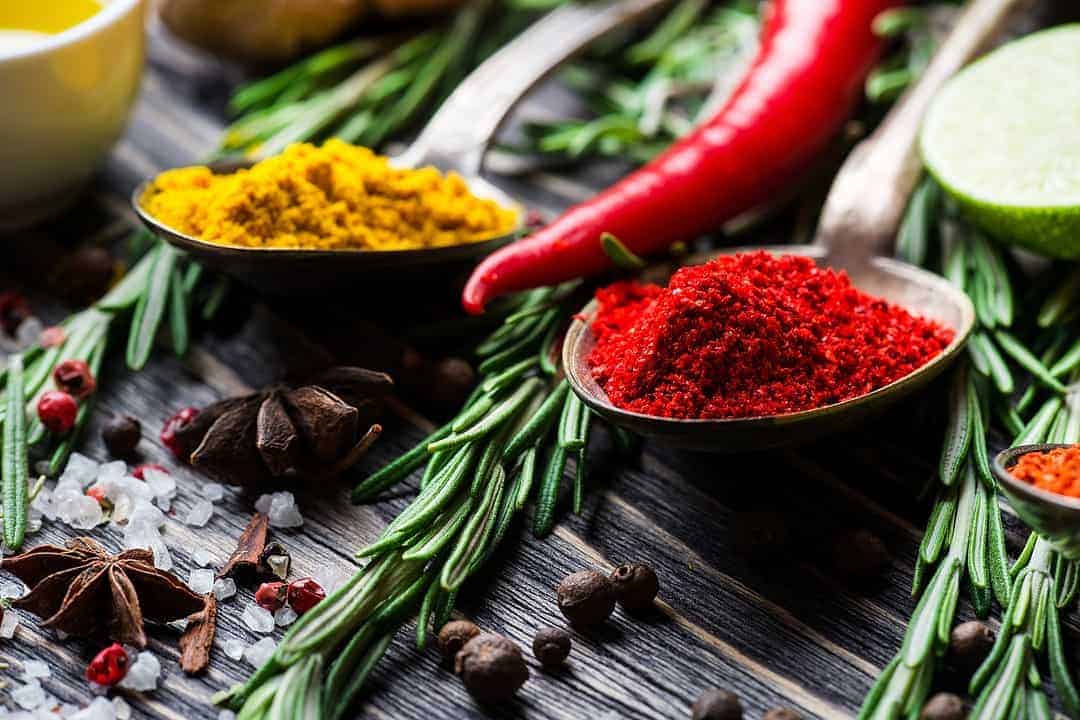
If you want to use some fresh peppers for your dishes, the closest thing you can do to freezing is refrigerate them in your vegetable compartment.
1. Get your peppers
You can refrigerate your peppers for fresh use. Among the types of peppers that you can refrigerate include jalapenos and bell peppers.
Never choose those old and soft peppers because they indicate a lack of freshness. As much as possible, choose those with brilliant colors and firm skins without any signs of decay.
2. Wrap the peppers
You may wrap the unwashed peppers with a paper towel or paper bag. Never use a plastic bag because it can suffocate the peppers inside resulting to unwanted moisture. As you already know, moisture causes the peppers to rot.
3. Put the peppers in the vegetable compartment
Keep the wrapped peppers inside your refrigerator's vegetable compartment for about a week. Usually, red and yellow bell peppers last up to five days. Therefore, you need to consume the peppers right away if you don't want to lose their freshness.
Some Additional Pro Tips
- Use a melon baller or the tip of a spoon to remove seeds
The University of Nebraska-Lincoln suggests the use of a melon baller or the tip of a spoon to take away the seeds of peppers. You may do this during the third step of freezing peppers.
You may remove the seeds of peppers before you chop them into tiny pieces or thin strips. This process can also help subdue the hotness of some peppers.
- Put another layer of quart bags to a gallon freezer-safe bag
The Mother Earth News recommends putting additional quart bags to a one-gallon bag. This technique can enhance the bag to become more freezer-safe.
It can also help in making the storage convenient. As you pull out a half-filled quart bag from the freezer, you may add some more pepper slices inside.
- Label the freezer bag
According to The Chili King, it might be best if you label the freezer bag with the date you froze them. This way, you can keep track on when they're going to expire.
If you're storing a variety of peppers in several bags, it might be more convenient to label the name of the peppers inside the freezer bag. Through this method, you can easily find the kind of peppers that you want for your recipes.
Finally
You may choose to refrigerate your peppers for fresh use weekly, or you may also freeze them to preserve their taste longer up to 14 months. Whatever your choice is, it all depends on your preference.
Did you have fun learning on how to store peppers properly? I surely did, and I find this list very important because I always want peppers to be constantly available in my fridge.
Share your thoughts and suggestions in the comments section below. You may also help a friend who needs this information by sharing this post.

